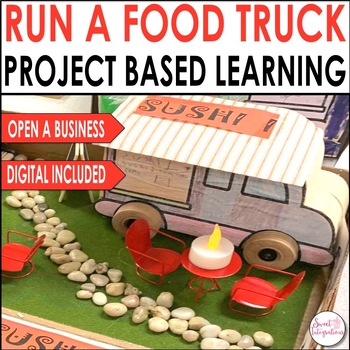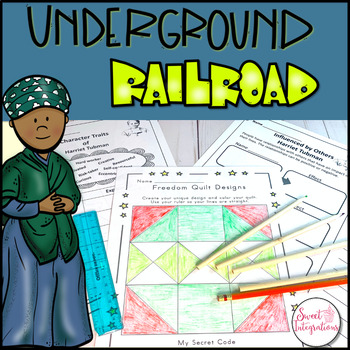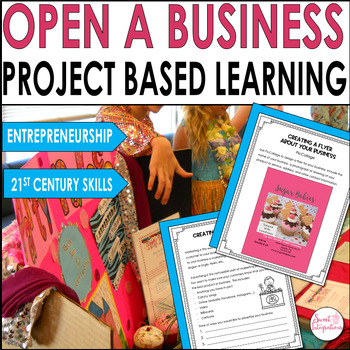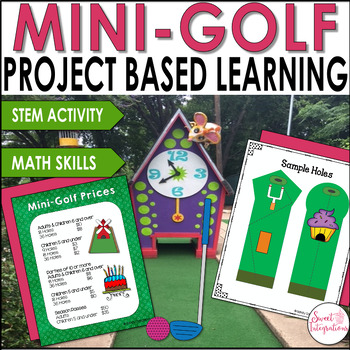Homeschooling provides a unique opportunity for parents and guardians to tailor their children's education to their specific needs and interests. One highly effective approach that aligns seamlessly with homeschooling is Project-Based Learning. By combining the flexibility of homeschooling with the hands-on, immersive nature of project-based learning, families can unlock the world of benefits that go beyond the traditional classroom. In this blog post, we'll explore the benefits of using project-based learning with homeschoolers, provide PBL examples, and offer tips for incorporating PBL into your homeschooling routine.
Benefits of Project-Based Learning for Homeschoolers
Project-based learning offers several benefits for homeschoolers. Here are some key advantages of using this approach:- Engaging and motivating: PBL allows homeschoolers to be active participants in their own learning, which can increase motivation and engagement. When they work on projects that are meaningful and relevant to their interests, they are more likely to stay interested and focused. By working on projects that have real-world relevance, learners develop a sense of purpose and become actively involved in their own education. They tackle challenges, collaborate more with peers, and make meaningful connections with what's going on in the world.
- Develops critical thinking skills: Through PBL, homeschoolers learn to ask questions, research, analyze information, and make decisions. This process helps them develop critical thinking that is essential for success in life.
- Encourages creativity: PBL gives students an opportunity to express their creativity and explore new ideas throughout the project. They can help them develop their own unique voice and approach to problem-solving. Whether it's designing a sustainable living model, creating an original piece of artwork, or producing a short film, project-based learning encourages homeschoolers to think outside the box and develop innovative solutions to real-world problems.
- Promotes collaboration: PBL often involves working in groups, which can help homeschoolers develop collaboration and teamwork skills. They can work with other homeschoolers, family members, or a group in the community. Students learn to communicate effectively, share ideas, and work together to achieve a common goal.
- Builds self-directed learning and flexibility: PBL provides an environment for homeschoolers to take ownership of their learning and develop self-directed skills. Students have the flexibility to adapt the project as they go along. They learn to set goals, manage their time, and access their progress, which can help them develop new skills and dig deeper to explore their interests.
- Cultivates Lifelong Learning Skills: Homeschooling offers flexibility to prioritize the development of essential lifelong learning skills, and project-based learning is an ideal approach for nurturing these skills. Through PBL, homeschoolers practice critical thinking, problem-solving, communication, and collaboration - essential competencies for success in the 21st century. By engaging in projects, they develop self-directed learning habits, research skills, and the ability to adapt to new challenges - all of which prepare them for lifelong learning beyond the homeschooling years.
Incorporating Project-Based Learning into the Homeschooling Routine
Here are some tips and strategies for incorporating project-based learning into your homeschooling routine:- Planning and designing projects: Identify the child's interests and strengths. Work with them to choose a project that aligns with their interests, abilities, learning goals, and age level. Projects are cross-curricular. Therefore, you can teach skills and standards for different subject areas such as language arts, math, social studies, science, and language arts.
- Setting goals and timelines: Break the project down into smaller tasks or activities, and set goals and timelines for each stage of the project. Your child can be involved in this process by using voice and choice. I love using digital choice boards for differentiation. Students feel students to feel engaged, self-directed learners, and empowered throughout the whole project when given choices in their learning. Students are also more motivated to learn more and develop problem-solving skills.
- Providing resources and support: Provide homeschoolers with the appropriate resources they need to complete the project, such as books, materials, and tools. Take students on field trips and interview experts. Contact the library so they can pull books and other resources about the subject. This will save time during the project. Because you have more flexibility, you can take your child to places that regular classrooms may not be able to visit. Plus, kids love to go outside. Take advantage of outside real-world learning experiences. It's fine to be flexible. Your children may take the project in a different direction.
- Ask an Expert - Provide mentors for your child during the project. This is an expert in the field who can connect with your child and answer questions about the project. Mentors can provide guidance, support, and insight to deepen your child's understanding.
- Evaluating progress and feedback: Allow homeschoolers to reflect on the project and provide an assessment throughout the project. Students can keep a journal for reflection and questions they have about the project. Try using rubrics. This gives homeschoolers an opportunity for self-assessment. Give students an opportunity to present their work to an audience. Invite family, neighbors, and community members to watch the presentation. This helps build confidence, communication skills, and a sense of accomplishment.
- Project Showcases - Plan for a final project showcase or exhibition where your homeschooler can present their project. This gives your child a feeling of accomplishment and allows them to share their knowledge of the project.
Examples of Project-Based Learning Units for Homeschoolers
There are many PBL activities that are dynamic and engaging learning experiences for homeschoolers. These are a few of my favorite project-based learning units that I recommend:
- Business and Entrepreneurship - Open a Food Truck is my favorite unit. Students research a country and their foods. Then, they design their very own food truck with a menu depicting the country. Students learn life skills that they would not learn in a " traditional classroom setting. "My students loved this resource! We used it as part of our cultural diversity week and designed food trucks for cuisine from all around the world, students were so engaged and this task integrated so many skills."
- Environment - Save Our Oceans - This powerful Ocean and Ocean Animals Conservation Project Based Learning Science unit addresses damaging threats to our oceans and our ocean animals. Students will gain information about oceans in how they can help with this environmental problem. "This resource includes so many activities to study the threats to the oceans and ocean creatures. My students were engaged and learned a lot in the process."
- Conservation - Save Our Honey Bees - Our bee population is declining and your homeschooler can help save them. In this project-based learning unit, students will learn about the life cycle of bees, facts, and threats. "This unit complemented our study of bees very well. Thank you for the creative ideas. Our students had so much fun learning about the importance of bees and what they can do to protect them."
- Economics - Open a Business - Prepare your future entrepreneurs with this Project-Based Learning Entrepreneurship and Economics unit. Students learn about local businesses and how they can build their own small businesses with a business plan and marketing.
"I'm using this with a gifted student who needs enrichment opportunities. He is really enjoying this project and can't wait to present his business to the class. I really like how I was able to pick and choose which pages to assign."
- Challenge or Problem - Plan a Community for the Homeless - In this project-based learning unit, students plan and establish a sustainable community of tiny homes for the homeless. After researching the different causes and effects of homelessness, they will plan a sustainable community with services and activities. "Such a great resource for students to learn the importance of providing housing to all. The perfect design tasks and social experiment tasks. Thank you for such a great project."
- More PBL units - These units can easily be adapted to fit the needs and interests of your child. Most units have a technology component.
By incorporating project-based learning into your homeschooling routine, you can create an amazing learning experience that helps students develop important skills for their future. By unleashing creativity, fostering engagement, and cultivating lifelong learning skills, project-based learning provides homeschooling students with a dynamic, relevant, and impactful learning experience. Whether it be designing a food truck, saving the monarch butterflies, or planning a community for the homeless, project-based learning provides a platform for your child to explore their passions, develop critical thinking, make real-world connections, and develop personal growth.
"I'm using this with a gifted student who needs enrichment opportunities. He is really enjoying this project and can't wait to present his business to the class. I really like how I was able to pick and choose which pages to assign."
























No comments